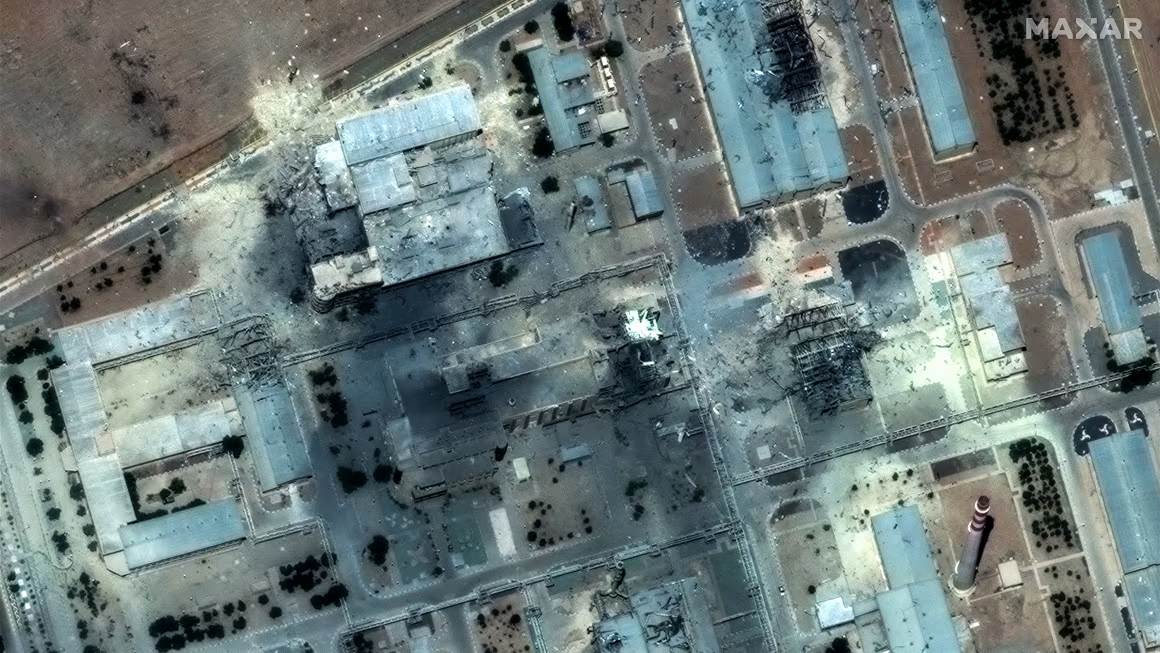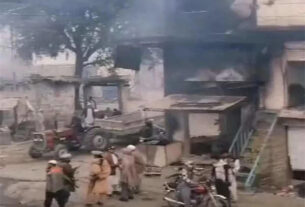Iran’s nuclear facilities absorbed the most intense U.S. aerial assault in decades, but analysts warn the destruction might paradoxically speed up Tehran’s push for a weapon rather than stop it.
Trump Claims Total Destruction—but Evidence Is Still Elusive
Iran’s nuclear facilities were branded “totally obliterated” by former U.S. President Donald Trump, who celebrated what he called a “spectacular military success.” Yet Western defense officials caution that reliable damage assessments of Iran’s nuclear facilities will take days or even weeks, given the complexity of the deeply buried centrifuge halls hit by bunker-buster bombs and Tomahawk cruise missiles.
Why Blowing Up Enrichment Sites May Not End the Nuclear Threat
Iran’s nuclear facilities may lie in ruins, but veteran Iran-watchers say physical damage cannot erase decades of enrichment know-how. Hard-line factions inside Tehran have long argued that a fully operational bomb is the only deterrent against attacks on Iran’s nuclear facilities—and last weekend’s strike gives them powerful new ammunition.
Calls to Quit the NPT Gain Momentum
Iran’s nuclear facilities were supposed to operate under the Nuclear Non-Proliferation Treaty (NPT), yet Foreign Minister Abbas Araghchi now questions whether that pact protected them at all. His public musing about quitting the treaty echoes a growing chorus of lawmakers who claim Iran’s nuclear facilities prove the NPT is a “paper shield” that must be cast aside, a move that would shatter global confidence and signal an open drive for weaponization.
Centrifuges Can Be Rebuilt Faster Than You Think
Iran’s nuclear facilities at Fordow, Natanz, and Isfahan were pummeled, but nuclear engineers note that centrifuge cascades are modular and replaceable. If the leadership authorizes it, technicians could re-establish critical parts of Iran’s nuclear facilities within months, leveraging black-market supply chains and indigenous manufacturing capacity.
Satellite Images Highlight Massive Craters—but Questions Linger
Iran’s nuclear facilities appear cratered in new commercial satellite shots, yet imagery alone cannot confirm how many advanced IR-6 centrifuges were destroyed. Experts stress that the most sensitive parts of Iran’s nuclear facilities sit beneath reinforced concrete and meters of earth, leaving room for speculation about how many machines survived.
Where Is the Enriched Uranium?
Iran’s nuclear facilities housed roughly 120 kg of uranium-235 enriched to 60 percent—dangerously close to weapons-grade. International Atomic Energy Agency (IAEA) inspectors admit they do not yet know whether that stockpile was relocated before bombs struck Iran’s nuclear facilities or whether it remains intact in hidden vaults.
Evacuations Signal Possible Dispersal of Sensitive Material
Iran’s nuclear facilities were “fully evacuated,” according to Iranian state television, hours before the first bombs fell. That revelation spawns fears that scientists may have spirited away critical hardware and fissile material from Iran’s nuclear facilities to undisclosed bunkers now invisible to Western satellites.
Regional Retaliation Looms After the Blows to Strategic Sites
Iran’s nuclear facilities are only one flashpoint in a broader confrontation. Military planners in Tel Aviv and Washington brace for Iranian missile strikes or proxy attacks in response to the attack on Iran’s nuclear facilities, while shipping insurers hike premiums for vessels transiting the Strait of Hormuz.
Diplomacy’s Fragile Window Appears Slammed Shut
Iran’s nuclear facilities briefly featured in emergency Geneva talks last week, but European diplomats now fear those discussions are dead. One envoy lamented that strikes on Iran’s nuclear facilities “killed the last flicker of dialogue,” asserting that Tehran’s hard-liners will never negotiate from what they view as humiliation.
Diplomacy’s Fragile Window Appears Slammed Shut
Iran’s nuclear facilities briefly featured in emergency Geneva talks last week, but European diplomats now fear those discussions are dead. One envoy lamented that strikes on Iran’s nuclear facilities “killed the last flicker of dialogue,” asserting that Tehran’s hard-liners will never negotiate from what they view as humiliation.





